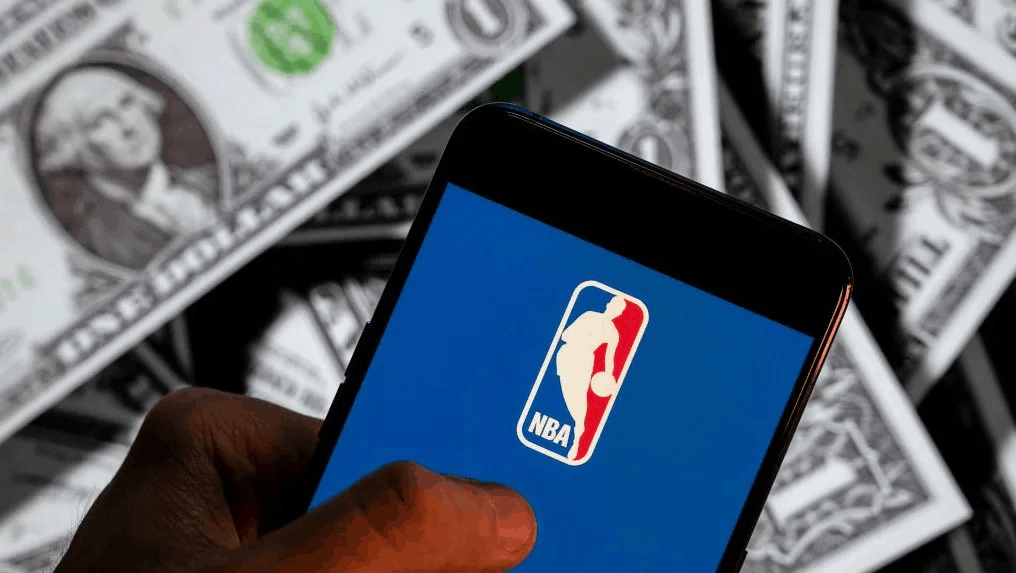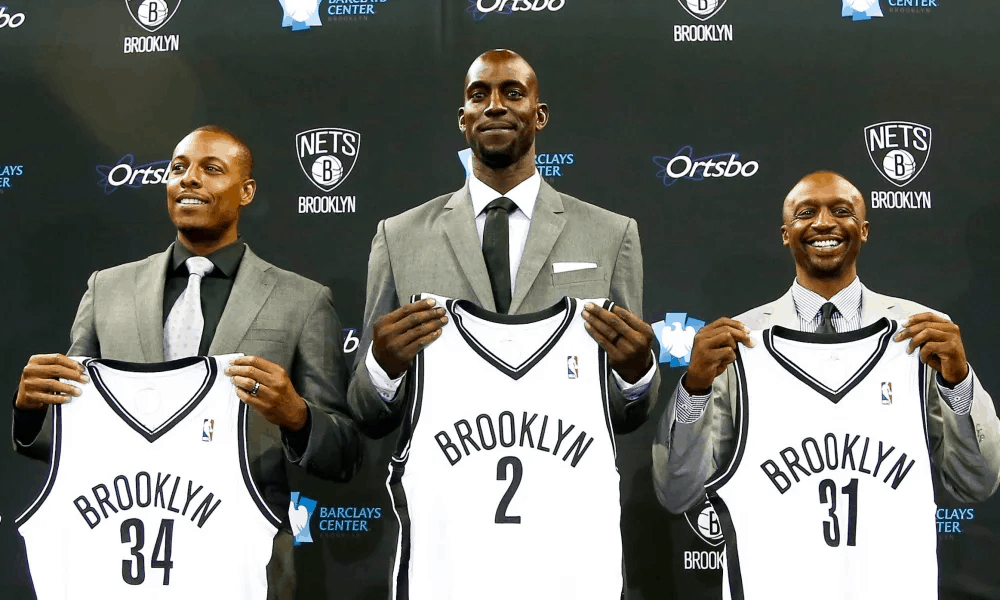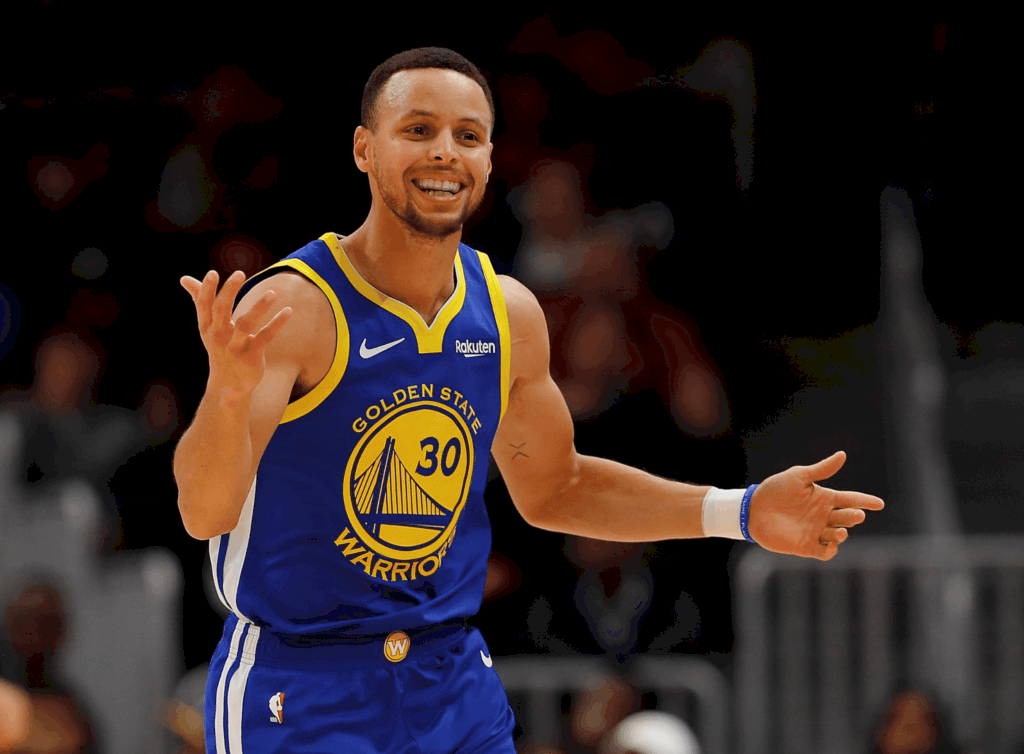Contracts, salaries, taxes frequently confuse ordinary people. They are so complicated that sometimes it is difficult to sort them out. The luxury tax is a term that is often misunderstood by viewers.
What is the NBA luxury tax? It is a mechanism that controls spending in the NBA. It is an additional tax that owners of teams are forced to pay when they exceed a predetermined salary cap. Teams pay for each dollar they exceed.
In order to meticulously explain NBA luxury tax and the main concepts associated with it, we need to also go through the salary cap. We will talk more about these terms comprehensively in our article.
NBA salary cap – what is it and why does it matter?
NBA salaries have always reflected the financial health of the league. Not even indirectly, but directly: the players’ contracts must fit into the salary cap, which is tied to the league’s revenue. The salary cap was introduced back in the 40s in the NBA but was not applied until 1984/1985. It is a mechanism that regulates equal conditions for NBA teams and hampers rich clubs from acquiring the best players in their roster. The amount of salary cap is determined individually for every season, but generally, it can only change slightly from year to year.

Does it work in practice?
In theory, every team should be equal and have similar conditions, but in reality, things do not work that way. In the NBA, unlike other American sports, we have a soft cap, meaning that teams can freely exceed the salary cap, as soon as they have additional money to pay. That’s what luxury tax does – wealthy teams can increase the salary cap after paying the required amount of money. Because of that rich teams can easily avoid limitations set by the league and still sign players they want.
Luxury tax and controversy
If there had been a hard cap in the NBA, teams would not have been able to surpass the limitations even by paying money. As the NBA supports a soft cap, small teams and officials frequently express their concerns about the unequal environment.
The Brooklyn Nets in 2013 was a perfect example of paying a luxury tax when they had Deron Williams, Joe Johnson, Paul Pierce, Kevin Garnett and Brook Lopez in a single squad. Without a luxury tax, we would not have witnessed an incredible Chicago Bulls under Michael Jordan, the Los Angeles Lakers back in the 80s and of course the Golden State Warriors in the past years. Not always paying the luxury tax means that teams will achieve success and win the championship title – we have witnessed several times that including elite players in one team does not always produce the desired result. The higher the teams go over the salary cap, the more they are obliged to pay.

Luxury tax rate mechanism
The luxury tax rate mechanism is set by the NBA and depends on different factors. We will provide a general overview of this system:
- For every dollar exceeding between $0 and $4,999,999 over the cap teams need to pay an additional $1.50;
- For every dollar exceeding between $5,000,000 and $9,999,999 over the cap, teams need to pay an additional $1.75;
- For every dollar exceeding between $10,000,000 and $14,999,999 over the cap, teams need to pay an additional $2.75;
- For every dollar exceeding between $15,000,000 and $19,999,999 over the cap, teams need to pay an additional $2.75;
- For every dollar exceeding between $20,000,000 over the cap, teams need to pay an additional $3.75;
Who are “repeated offenders”?
Another pivotal term that is widely used with the luxury rate, is the case of “repeated offenders”. These are the teams that have paid the tax 3 times in the past 4 seasons. The NBA sets higher taxes on them, as they are using the mechanism exceedingly. However, for rich owners even higher taxes are not worrying, as they can easily pay the required amount of money.
To explain it more simply, we can provide an example of the Brooklyn Nets. If the team regularly exceeds the predetermined salary cap they will be required to pay even more, than was planned initially.
What about the 2021/2022 season?
The following season that will start in 2021, will be exceptional in terms of the luxury tax. Of course, there have been notable cases in the past as well when teams had to pay additional money to secure the eligibility of their squads, but at present time 10 teams are over the tax line, meaning the NBA will receive more money than it was initially expected. The Golden State Warriors and the Brooklyn Nets are notable examples. The former has extended Steph Curry’s contract, while the latter has one of the best players on the roster. Both Los Angeles teams are included as well.

Could luxury tax be abolished in the future?
Such a development of the process is unlikely, as the NBA would need to change the whole salary cap system extensively and introduce a completely new format. At the same time, the league gets a major revenue from the luxury tax. A lot of teams in the NBA are owned by wealthy people that can easily pay extra funds to purchase elite-class players. By introducing a hard salary cap the problem will be resolved, but it will probably not happen shortly.
